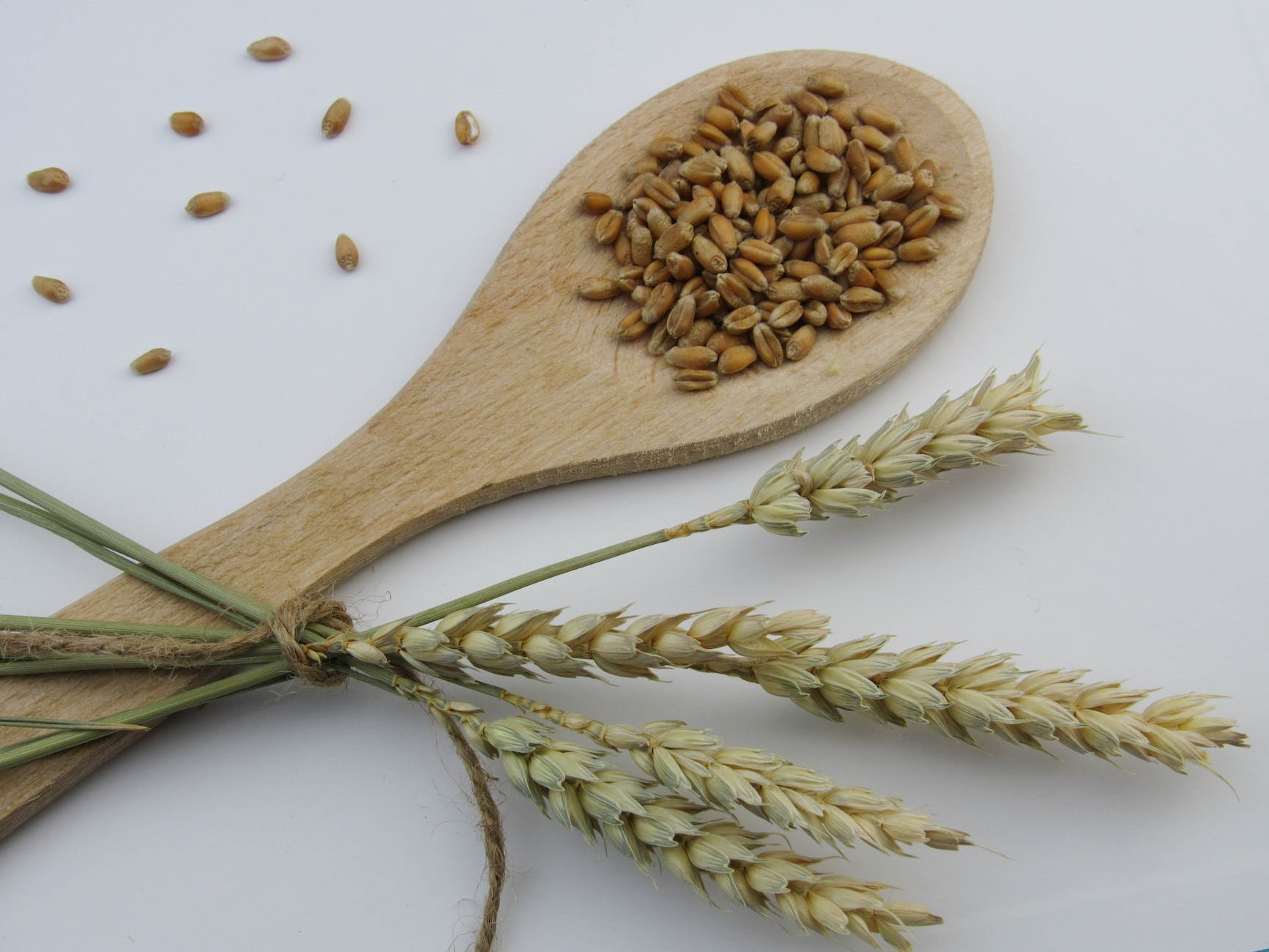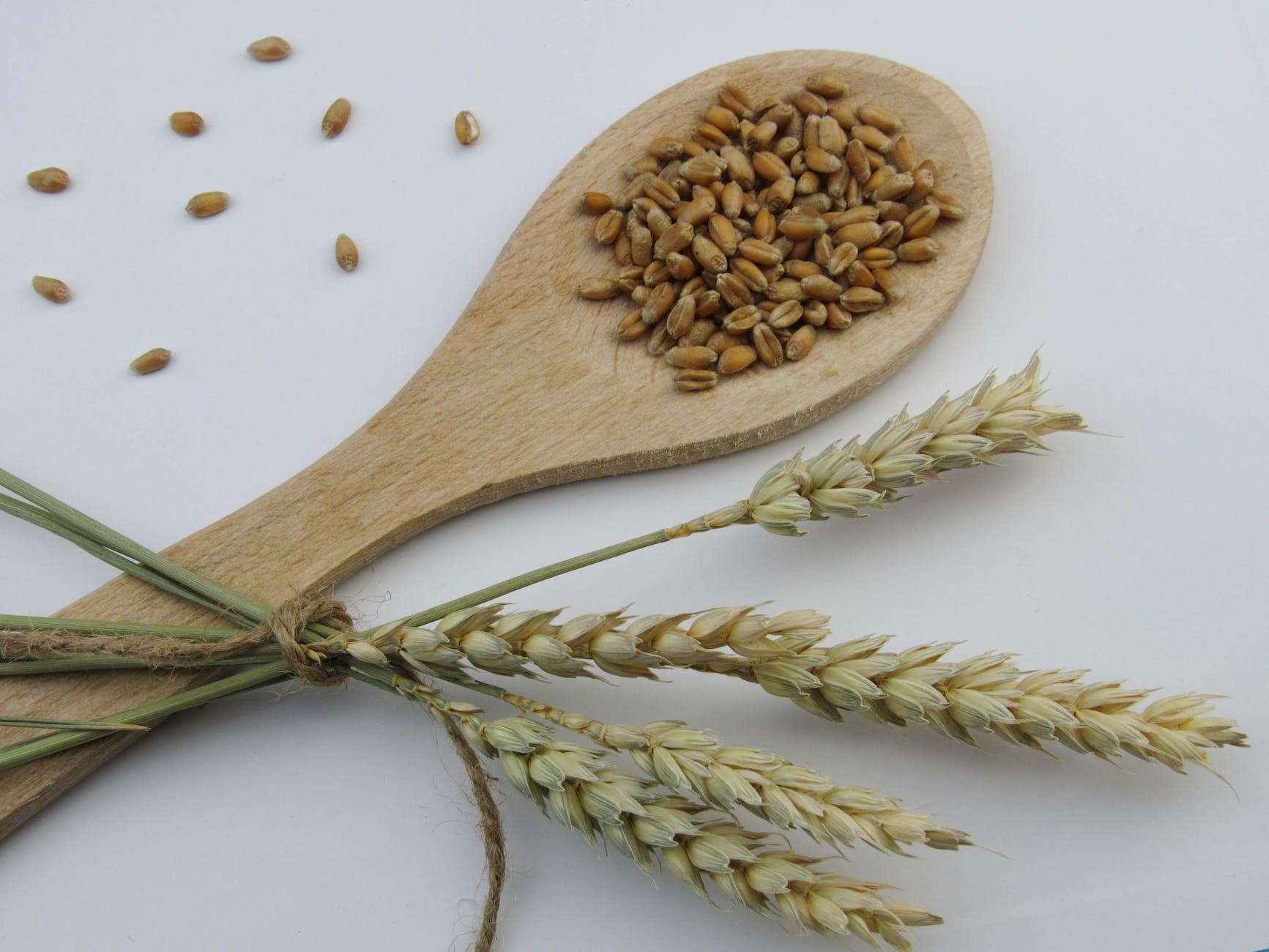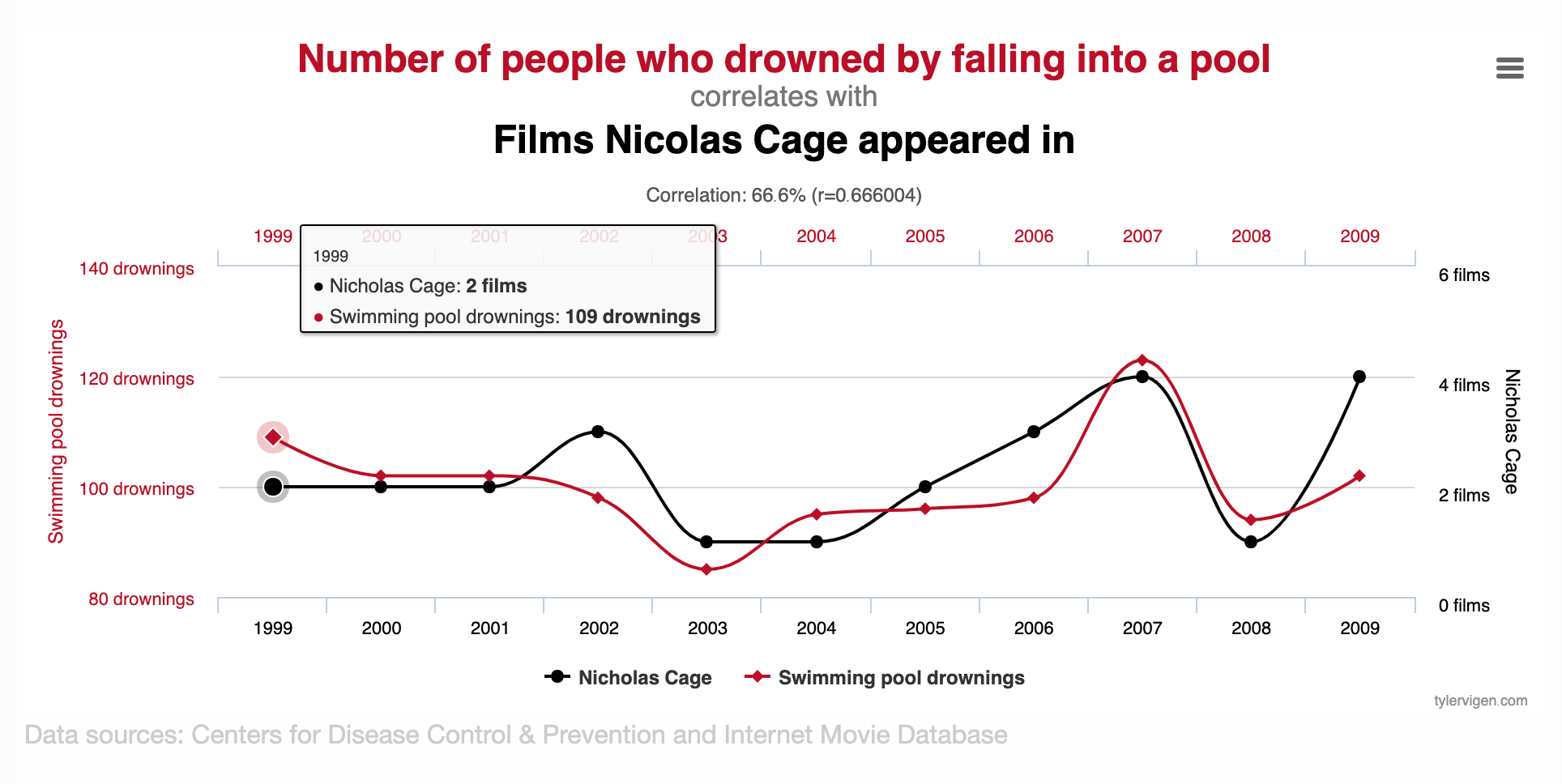Fiber seems to be the remedy du jour. Increasing fiber with supplements, vegetables, fruit, or even soil derived substances is preached as the cure-all for anything digestion-related. But is that where we should start? Not necessarily. Fiber has become the vague term sold as …
Fiber seems to be the remedy du jour. Increasing fiber with supplements, vegetables, fruit, or even soil derived substances is preached as the cure-all for anything digestion-related.
But is that where we should start? Not necessarily.
Fiber has become the vague term sold as the gold-standard to improving our intestinal microbiome.
-
Are you constipated? Add more fiber
-
Do you have diarrhea? Add more fiber
-
Do you have gut dysbiosis? Add more fiber
-
Do you have intestinal yeast overgrowth? Add more fiber
-
Got SIBO? Add more fiber
I disagree with this current model in healthcare for many reasons.
First, it does not address the root of the problem. It’s essentially a bandaid trying to cover up in some cases a gaping hole.
It’s often prescribed with a “more is better” methodology.
Let’s back up a define a few things.
Fiber is a broad category under the umbrella of carbohydrates. It can be found in whole grains, veggies, fruit, in the supplement aisle, in beans, rice, and more. Do you know what form is best for you?
Fiber is broken down into two categories: soluble and insoluble.
-
Soluble fiber dissolves in water and our body can use it for fuel directly.
-
Insoluble fiber does not dissolve in water, but used as food for the tiny army of microbes that live in our intestines.
Whether it is soluble or insoluble, fiber can be used by our body to regulate blood sugar, reduce sugar cravings, and regulate bowel movements. Insoluble fiber leeches water from our body to make your stool more soft and easier to pass. If you are not hydrated properly, this system backfires and you become more constipated.
Having regular bowel movements of the right consistency are imperative to optimal health. Eliminating the waste from cellular processes, hormone metabolism, and the food we consume must exit our body. When that waste doesn’t leave our body regularly, the whole system gets backed up. Sometimes hormones recirculate and cause problems. This is especially true for estrogen. (Learn more HERE)
But do we need a bunch of fiber to produce that? Not always.
Do we need to feed our symbiotic army residing in our gut? Yes. We need them, and they need us.
Is mass amounts of fiber the only way to cultivate a strong intestinal microbiome? No, yet it tends to be the blanket formula prescribed.
What is missing from this formula is ‘how much’ and ‘from what’.
Conventional medicine screams for more fiber often citing small communities in remote parts of the world that flourish on primarily plant-based diets. We’ve been told that we must have more green leafy veggies, root veggies, and whole grains to have healthy cholesterol levels, appetite control, and appropriate blood glucose levels.
Have you heard this? If it worked for you, great?
However, by the increasing amount of products available in stores and by prescription, I’m leaning towards the conclusion that it is not.
Having a healthy and regular poo involves more than fiber.
Conclusions drawn from either incomplete or falsely compiled data reported in medical literature are mostly correlations.
Correlations are not causation.
Have you seen the charts about unrelated phenomenons that are linked together to produce ludicrous results? Spurious correlations might be funny, but they prove a great point.
When two outcomes seem to be related, does not mean they are related. Critical thinking has escaped modern science all too often.
Say it with me – Correlation does not equate to causation
Unfortunately, time and time again, nutrition studies do exactly that – report results as a direct relationship, when it is merely a correlation.
On top of that, a common happenstance of attributing one culture’s diet to the world is cherry-picking the information you want. If the authors did not get the outcome they were looking for, they will massage the data to find one that appeases their ego, motive, and maybe financial backers.
What happens when your diet is all “fiber-rich” plant matter and little to no animal protein? Often weight gain, fatigue, thyroid complications, and gut dysbiosis. Some of our patients are directed by other healthcare providers and health coaches to start using some type of grocery store bought fiber that is manufactured in a factory (natural or chemical) or prescription medication before addressing their diet. And those that are instructed to add more raw roughage to their diet, positive results may initially be seen, but within a matter of months, those outcomes start to diminish. Applying one culture’s norms does not mean the entire world will thrive. It does not mean YOU will thrive.
From my experience helping others improve their health with solid nutrition principles, removal of refined sugar and grains has the greatest impact – not adding copious amounts of green matter.
Neither does a magic scoop of powder.
Sadly, most GI doctors that have seen our patients give the blanket recommendation for Miralax – a chemically created fiber-like powder used as a heavy duty bomb for constipation.
Do you know what Miralax is made from?
Let me enlighten you – and possible scare you a bit.
According to Prescription Drug Journal, “MiraLax contains polyethylene glycol 3350 (“PEG 3350”), a compound of the highly toxic chemicals ethylene glycol (EG) and diethylene glycol (DEG), ingredients found in automotive antifreeze and brake fluid.”
Did you catch the antifreeze and brake fluid part?
Now, before you get your panties in a bunch, hear me out. Yes, the details are in the dosage – meaning small amounts of a particular substance could be fairly benign, and increasing those amounts can be a disaster in the making, even fatal for some substances.
When it comes to consuming manufactured ingredients that are also used in automotive care, I’m not super excited to jump on that bandwagon. Did you know you can clean a car battery, toilet, and rust with coke (or Pepsi, or other off-brand cola)? Think about what that has the potential to do to your insides!
Before you add a scoop of tasteless, colorless psyllium husk (or brake fluid in powdered form), take a look at what you are eating that might be causing your gastrointestinal distress.
What do you do now?
Journal everything you eat and drink for a week (including supplements). Take notes on how you feel immediately after, 1 hour after, 2 hours after, even into the next day.
One of the toughest parts of being a nutrition consultant is connecting the dots from food to reactions. Some of my conclusions are based on instinct or experience, some are rooted in basic anatomy and physiology, but all my conclusions and resulting recommendations are grounded in critical thinking. Questionnaires, quizzes, lab results are pieces to your individual puzzle. Relying on computer generated recommendations alone can be a recipe for disaster.
Need more help?
Book a free consultation HERE
References:



Comments